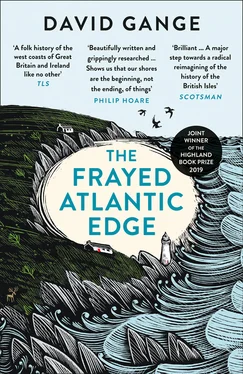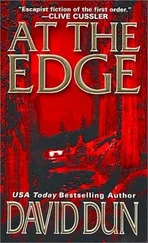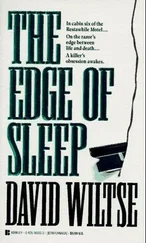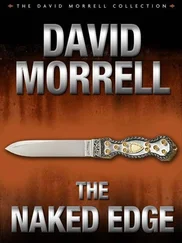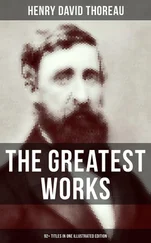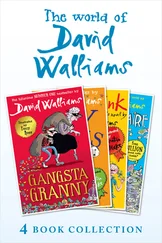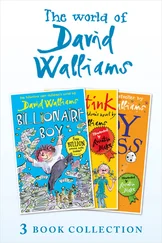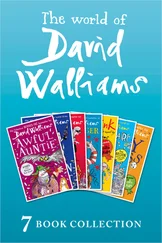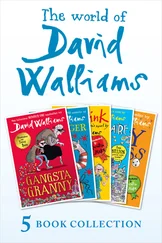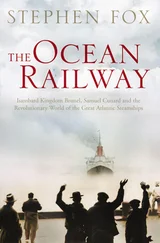Wallen set two Finlay poems in Black Apostrophe . One was ‘Fishing from the back of Rousay’ which begins a thousand miles away where rollers, loud, relentless and unpredictable, ‘Originate, and roll – like rolling graves – / Towards these umber cliffs’. They crash into land among weed-robed rocks, ‘like sloppy ice (but slippier)’, where limpets are the only frictive aid against a sideways slide into waves ‘that rise and swell / And swell some more and swell: you cannot tell / If this will fall (Boom) where the last one fell / Or (Crash) on your own head’.
Like Finlay’s, Wallen’s sea joins land masses. It’s a conduit between elements of her aquapelagic experience: ‘I often ask myself “how did I get here?”,’ she writes, ‘and I always answer “the sea”.’ The music of Black Apostrophe is united by the sense of a rolling swell, over which evocations shift between Belizian ‘lush tropics’ and Orcadian ‘bleak majesty’, the latter conveyed as much by complex harmonies as by rhythm: ‘it was the sense of crossing the water for a world “out there” that I … wanted to capture’. The sea is a site of possibility and longing, evoking her parents’ desire, in Belize, to cross the Atlantic, and her own wish, in Scotland, to feel the connection between archipelagos.
In listening to the same sea, Max and Wallen sensed different histories. Max heard centuries of explosive dissipation on the Orkney shore: his waves are at their moment of fulfilment, when switches are flicked between violence and silence. Wallen heard instead the sea’s slow accumulation: its transmutation in the long course of travel bringing countless echoes of elsewhere. The Barbadian author Kamau Brathwaite calls the motions of connecting waters ‘tidalectics’: ‘tossings, across and between seas, of people, things, processes and affects’. 15And it’s worth recalling that even the puffin – now emblematic of the north-east Atlantic – is a bird of the Pacific that, 50,000 years ago, crossed the cold waters that once parted North from South America before the Caribbean basin formed. Only with the birth of the Gulf of Mexico and Caribbean Sea did the Atlantic puffin become distinctively Atlantic. Only then did the warm currents gather from which the Gulf Stream now surges: the gentle climate of Orkney is made by the shores of Belize.
The work of Finlay and Wallen is also a reminder that it’s misleading to think of Britain as a nation that had an empire or acquired an empire; Britain was born from an unequal union in 1707, when two colony-owning states – England and Scotland – were conjoined. From its beginnings, Britain was an empire and the sea was its medium. Money made from west-Atlantic slave plantations was used by British landowners to impose authority on Orcadian populations, and wealth made by those landlords from Orcadian kelp ran the machinery of slavery. Many families who owned Orkney land were connected as closely to India as the Caribbean. Indeed, the South Atlantic sea route, round the Cape of Good Hope, took ships to regions that had more places named after the infamous Traills than Papa Westray or Rousay where the family long held sway: Traill’s Pass, for instance, leads not through Orkney hills but above the Pindari Glacier in the central Himalayas. The elites of Victorian Edinburgh and Glasgow understood the specific textures of places in the East Indies and West Indies better than the diversity of Scotland’s seaboard and knew those places to be far more central to British fortunes than anywhere north of Scotland’s central belt. It’s no coincidence, then, that when Robert Rendall compared Orkney shores to the sugar candy of his childhood he unconsciously used a Caribbean staple to stand for the island nature of his home; in the sound of Rendall’s crunching candy, as much as in the music of Wallen, there echo a thousand stories of an ocean-wide, aquapelagic, world.
Конец ознакомительного фрагмента.
Текст предоставлен ООО «ЛитРес».
Прочитайте эту книгу целиком, купив полную легальную версию на ЛитРес.
Безопасно оплатить книгу можно банковской картой Visa, MasterCard, Maestro, со счета мобильного телефона, с платежного терминала, в салоне МТС или Связной, через PayPal, WebMoney, Яндекс.Деньги, QIWI Кошелек, бонусными картами или другим удобным Вам способом.
